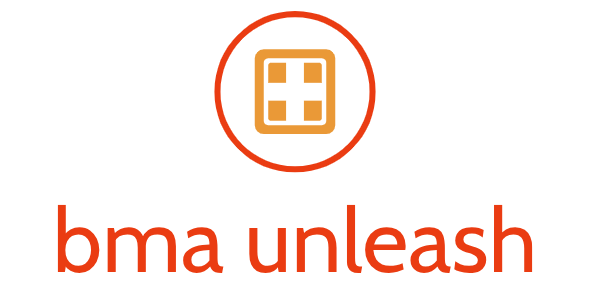
Understanding 401(k) Plans
A 401(k) is a retirement savings plan sponsored by your employer. It’s a powerful tool because it allows you to save pre-tax dollars, reducing your current taxable income. This means you’ll pay less in taxes now, and your money grows tax-deferred until retirement. Many employers even offer matching contributions, essentially giving you free money toward your retirement.
How Employer Matching Works
Employer matching is a significant benefit. Your employer will often contribute a percentage of your salary to your 401(k) account, usually matching a certain percentage of your contributions up to a specific limit. For example, they might match 50% of your contributions up to 6% of your salary. This means if you contribute 6% of your salary, your employer will add another 3%, effectively boosting your savings by 50% instantly. Don’t miss out on this free money!
Choosing Your Investments
Once you’ve enrolled in your 401(k), you’ll need to choose how to invest your contributions. Most plans offer a variety of options, including stocks, bonds, and mutual funds. Understanding your risk tolerance and time horizon is crucial. Younger investors with a longer time until retirement can generally afford to take on more risk, opting for investments with higher growth potential. Older investors closer to retirement may prefer more conservative options to protect their savings.
Diversification: Spreading Your Risk
Diversification is key to managing risk. Don’t put all your eggs in one basket! Spread your investments across different asset classes to reduce your exposure to potential losses. A well-diversified portfolio might include a mix of stocks from various sectors, bonds, and possibly real estate investment trusts (REITs) or other alternative investments, depending on what’s offered in your plan. Your plan might offer pre-made, diversified funds (often called target-date funds) that automatically adjust your asset allocation as you get closer to retirement.
Understanding Fees
Pay attention to the fees associated with your 401(k) investments. High fees can significantly eat into your returns over time. Compare the expense ratios of different funds before making your investment choices. Look for low-cost index funds or exchange-traded funds (ETFs) whenever possible, as these generally have lower expense ratios than actively managed funds.
Setting Your Contribution Rate
Determine how much you can realistically contribute each pay period. Start with contributing enough to receive the full employer match – that’s free money! Then, gradually increase your contributions as your income allows. Even small increases can make a big difference over the long term. Aim to contribute as much as you can comfortably afford. Remember, the earlier you start saving, the more time your money has to grow, thanks to the power of compounding.
Regularly Review and Adjust
Don’t set it and forget it! Regularly review your 401(k) account to ensure your investments are still aligned with your goals and risk tolerance. Life circumstances change, so you may need to adjust your contribution rate or investment allocation periodically. Check your account at least annually, and consider making adjustments more frequently if there are significant life changes, like a pay raise, marriage, or the birth of a child.
Understanding Vesting
Vesting refers to the point at which your employer’s contributions become permanently yours. This usually occurs gradually over a period of time, such as three to six years. If you leave your job before becoming fully vested, you might forfeit a portion of your employer’s contributions. Check your plan documents to understand your vesting schedule.
Rolling Over Your 401(k)
If you leave your job, you have several options for your 401(k) funds. You can leave them in your former employer’s plan, roll them over into a new employer’s plan, or roll them over into an individual retirement account (IRA). Rolling over your 401(k) into an IRA can provide greater investment flexibility, but it’s important to understand the potential tax implications and any fees involved. Consider seeking professional financial advice to help you make the best decision.
Seeking Professional Advice
Don’t hesitate to seek professional financial advice if you need help navigating the complexities of 401(k) plans. A qualified financial advisor can help you create a personalized retirement savings plan, choose appropriate investments, and manage your risk effectively. Investing in your future is a significant decision, and getting expert guidance can be invaluable. Click here for 401k tips for beginners.










